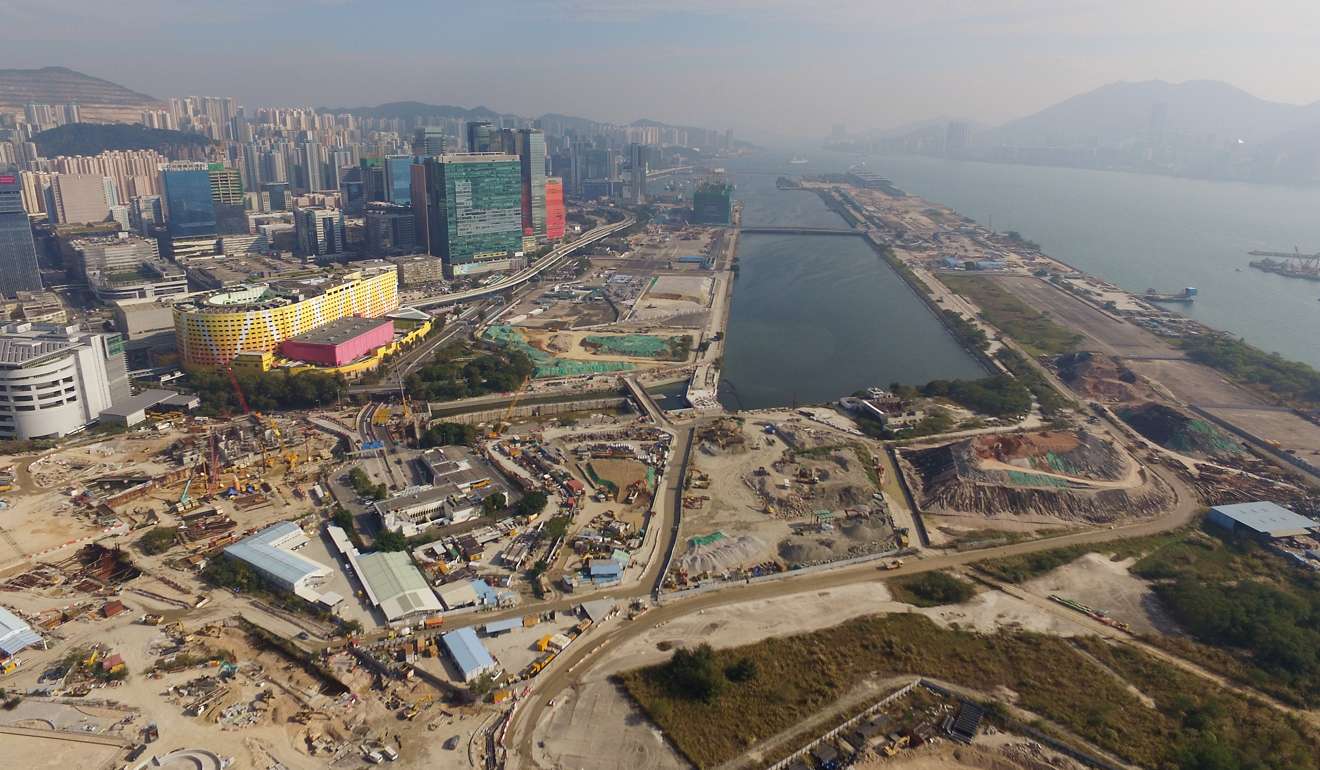Raising urban plot ratios can only improve the quality of life in Hong Kong

To many of us, a long commute is a drag. By long, I mean an hour or more one way – and don’t forget the return trip.
Many fellow Hongkongers are moving into new homes in suburban areas, just to escape the soaring home prices in more central locations. But while you pay less for a roof above your head, you have to spend hours on a packed bus without a seat on a hot summer’s day, or you rush home to catch the midnight news.
It is not a quality life. Unfortunately, to many, this might be their best available alternative.
We, professional surveyors, know human-centred urban planning disproportionately improves people’s quality of life. After all, it is our job to help society create shared fond memories of what we and our future generations call “home”.
What do we, the Royal Institution of Chartered Surveyors, have in mind for Hong Kong?
Whenever I try to share our vision with others, I always retell the success planning story of the revitalisation of Canary Wharf in London. There are several parallels from which Hong Kong can learn.
Since 1988, Canary Wharf has evolved from a dock into a modern financial district. It is now primarily a socially integrated neighbourhood where people work, live and play. Back then, if the City of London Corp had not raised plot ratios for the redevelopment, Canary Wharf would never have become a socially integrated district. Office space commands a higher market value and would have crowded out residential space, resulting in even fewer people living near the city centre.
This is exactly what the RICS wants to propose to the Hong Kong government: increase the plot ratio for urban areas in Kowloon, or at least allow some flexibility in certain old districts that urgently require urban regeneration. This policy change is particularly important for redevelopment projects in Kowloon, where plot ratios are 10 to 20 per cent lower than in Hong Kong Island north.
You might counter this by saying that the government raised the plot ratio for the new residential development in Kai Tak, the reclaimed site sitting next to Victoria Harbour.
Indeed. The population in the area will increase by almost 30 per cent after the government increased the plot ratio for 15 of the 29 sites there by up to 44 per cent from 4.5 to five times to 6.5 times, as reported in the South China Morning Post on October 2016. That compares with 7.5 to nine times for residential development in wider Kowloon.

We welcome the government’s dedication to create a liveable environment in Kai Tak, but when it comes to redevelopment zones, the government keeps a tight lid on plot ratios.
Kwun Tong redevelopment is a case in point. The area now houses fewer people than before, but the land is not being put to more efficient use. Again, such urban planning somehow drives even more people to suburban areas. We over-correct our past planning mistakes. We under-build our city.
RICS hones in on redevelopment districts because we know Hong Kong has limited land resources. Revitalising old areas will be our best opportunity to rezone our land use, to maximise its value for everyone. Redevelopment windows open rarely. If we miss it, we miss it!
We would like to see the government increase the plot ratios for revitalised sites in Kowloon such as Yau Ma Tei, Mong Kok, Tsim Sha Tsui and Sham Shui Po. Our suggestion is to match their plot ratios with those in Hong Kong Island north, which is eight to 10 times.
I understand there are concerns about relaxing rules on development density. In the past decade, walled buildings obstructing air circulation and blocking views havge been built across Hong Kong. If the government allows higher plot ratios, people are afraid the situation will worsen.
RICS believes that as long as stringent planning controls are in place, walled buildings are unlikely to get past government reviews. A key factor is to plan for building sufficient infrastructure, such as substantial green areas on ground floors and between buildings to facilitate air circulation, alongside well-planned transport links and drainage. Also, the Town Planning Board should veto plans that do not fully comply with these mitigating conditions.
This is our vision for Hong Kong. We should not kill off plans that intend to improve people’s life quality, just because some developers have or may abuse the system. A system of checks can do the trick. It worked for Canary Wharf, and I see no reason why it won’t work for Hong Kong.
Clement Lau is the chairman of the Hong Kong board of the Royal Institution of Chartered Surveyors